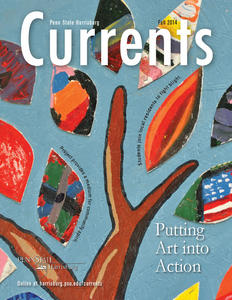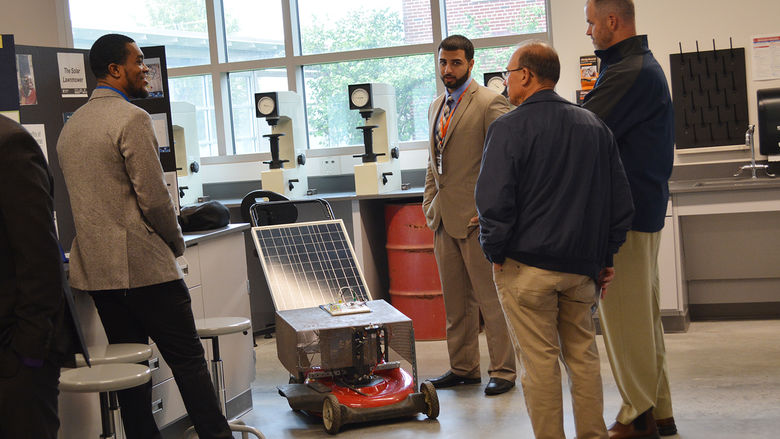Americans are generous, but skeptical. They give abundantly to charities – an estimated $218 billion in 2011 alone. But they are increasingly demanding transparency in the organizations they choose to support.
Dr. Roderick Lee, Penn State Harrisburg associate professor of information systems, and colleague Dr. Marie Blouin, assistant professor of accounting at Ithaca College, have been studying nonprofits and the ways they can use their websites to build trust with potential donors.
Lee has long been interested in charitable organizations. One of his early studies looked at how the slow adoption of information technology by black churches hampered their access to federal programs.
About six years ago, Lee was helping a charity find ways to increase donations and volunteers. When he suggested posting financial information online to show they were efficient and financially sound, he was told that information was private. That spurred his interest in transparency.
Lee and Blouin’s first collaboration, published in Nonprofit World, relied on studies which show that transparency translates to greater donations. “Those strong financial performance indicators you’ve been working so hard to achieve are more strongly associated with donations when people can read about them on your website,” they wrote.
In 2012, Lee and Blouin, with Penn State Harrisburg Professor of Information Systems Dr. Parag Pendharkar, studied online accountability. They surveyed 125 nonprofits and examined information from IRS forms. They found that only 10 percent of the charities posted their annual reports, 4 percent posted IRS 990 forms, 1 percent posted audited financial statements and 2 percent posted their code of ethics.
While most charities posted their mission statement and purpose on their websites, only 27 percent described the outcomes of their efforts and 18 percent related success stories. Few of the organizations interactively engaged with their stakeholders online.
The researchers’ most recent work hones in on the reasons charitable organizations do not disclose that information in an easy to find format. By law, nonprofits have to disclose certain financial information when asked.
Most don't do so unless they get a specific request, Lee said, which “limits who they can serve.”
In their latest survey, Lee and Blouin received responses from 176 charitable organizations about roadblocks to transparency. The most common response: not enough resources.
The responders said the workload is too great, it would not be helpful, it’s not a priority, or they don’t want to reveal their donor lists. Some were not even aware that such practices are recommended.
Nonprofit organizations are notoriously short-staffed, Lee said, but software programs are available that make sharing information simpler. Volunteer assistance is available, too. As part of their coursework, Lee’s students develop websites for nonprofits every semester.
Organizations like Charity Navigator and GuideStar can steer donors toward charities that put most of their money into helping their clients instead of administrative costs, but many people want more detailed financial information before dipping into their pockets, Lee said.
Aside from IRS forms and annual reports, charities should also post easy ways to get in touch, names of board and staff members, financial statements, and a clearly written executive summary. Lee also suggests that charities explain their policies on whistleblowers, conflicts of interest and document retention to show they are serious about preventing fraud.
Most difficult perhaps is explaining on the website the tools used to evaluate the success of their programs, but people want to know that their money is doing some good. Only two dozen of the charities that responded disclose the methods they use to evaluate their social mission, Lee said.
As governments cut back on social programs, nonprofits are trying to take up the slack, Lee said. But they are also getting fewer grants and handling greater social needs. Some high profile scandals involving charitable organizations also have eroded people’s trust.
Because nonprofits are operating in an increasingly complex and turbulent environment, the researchers said, the need for efficiency and reaching a larger pool of donors and volunteers rises.
“Nonprofits have to change the way they do things,” Lee said.
Next up for Lee will be a look at emotional design – how to design a website to increase donations. “I’m hoping nonprofits will start heeding our advice,” he said.




